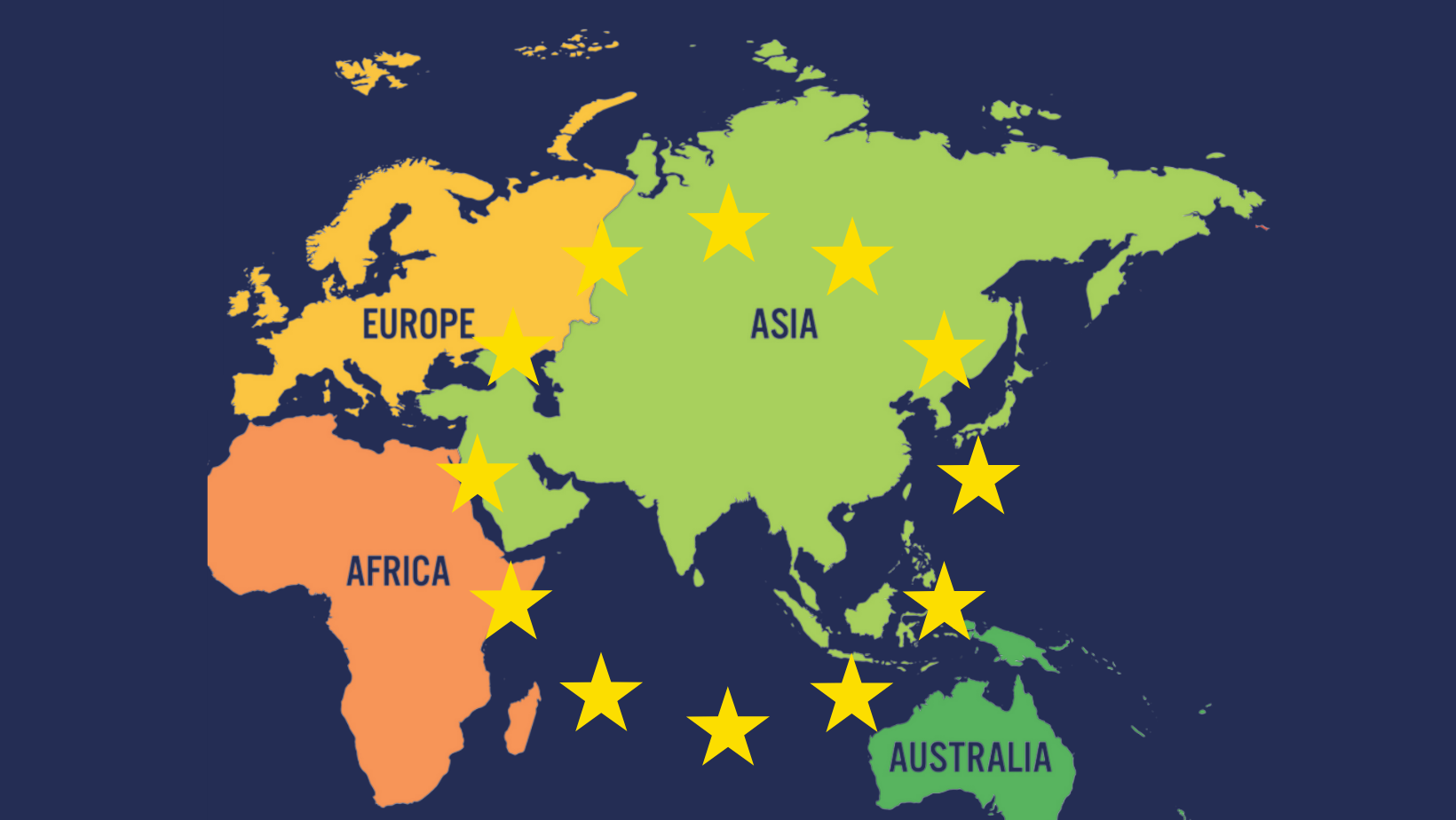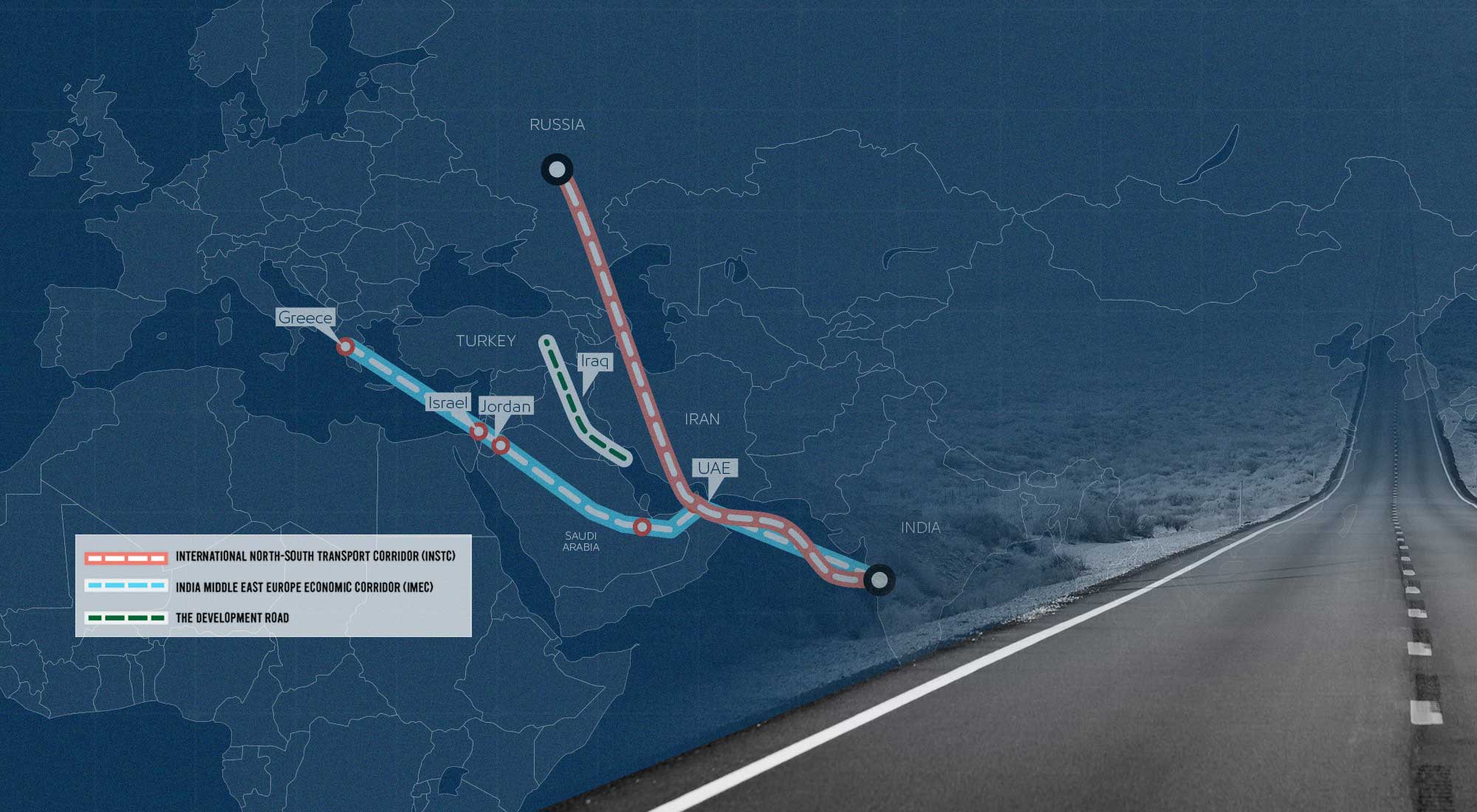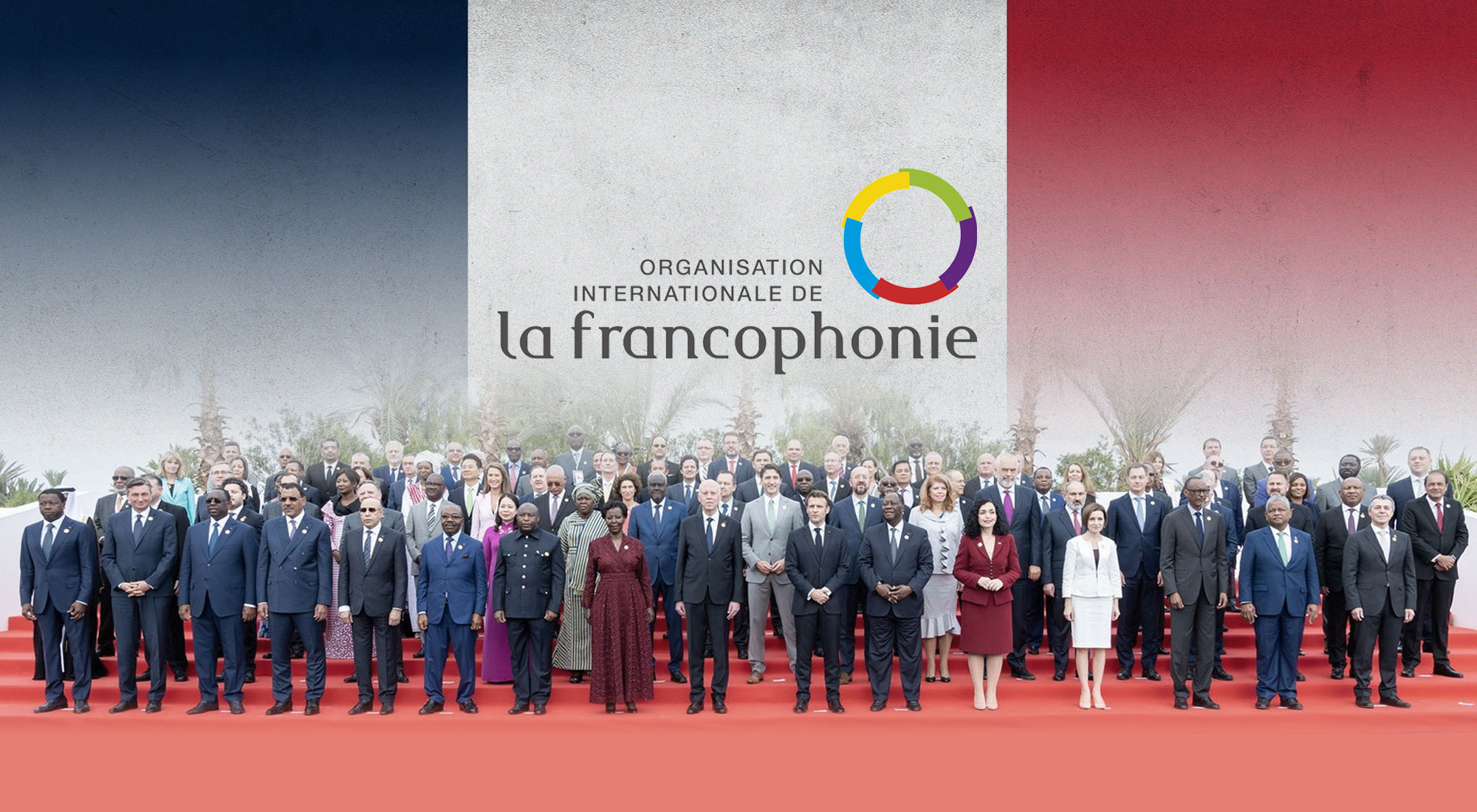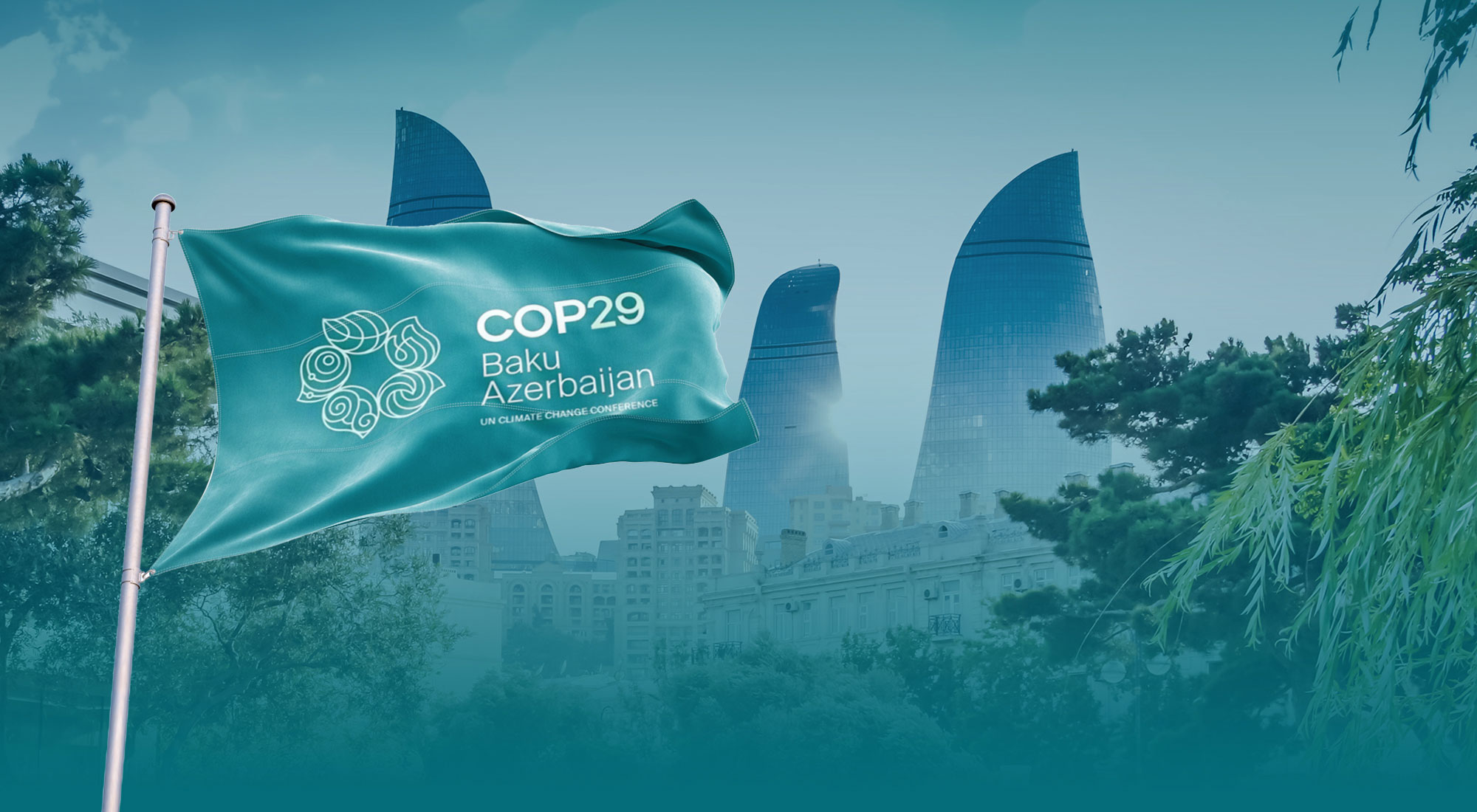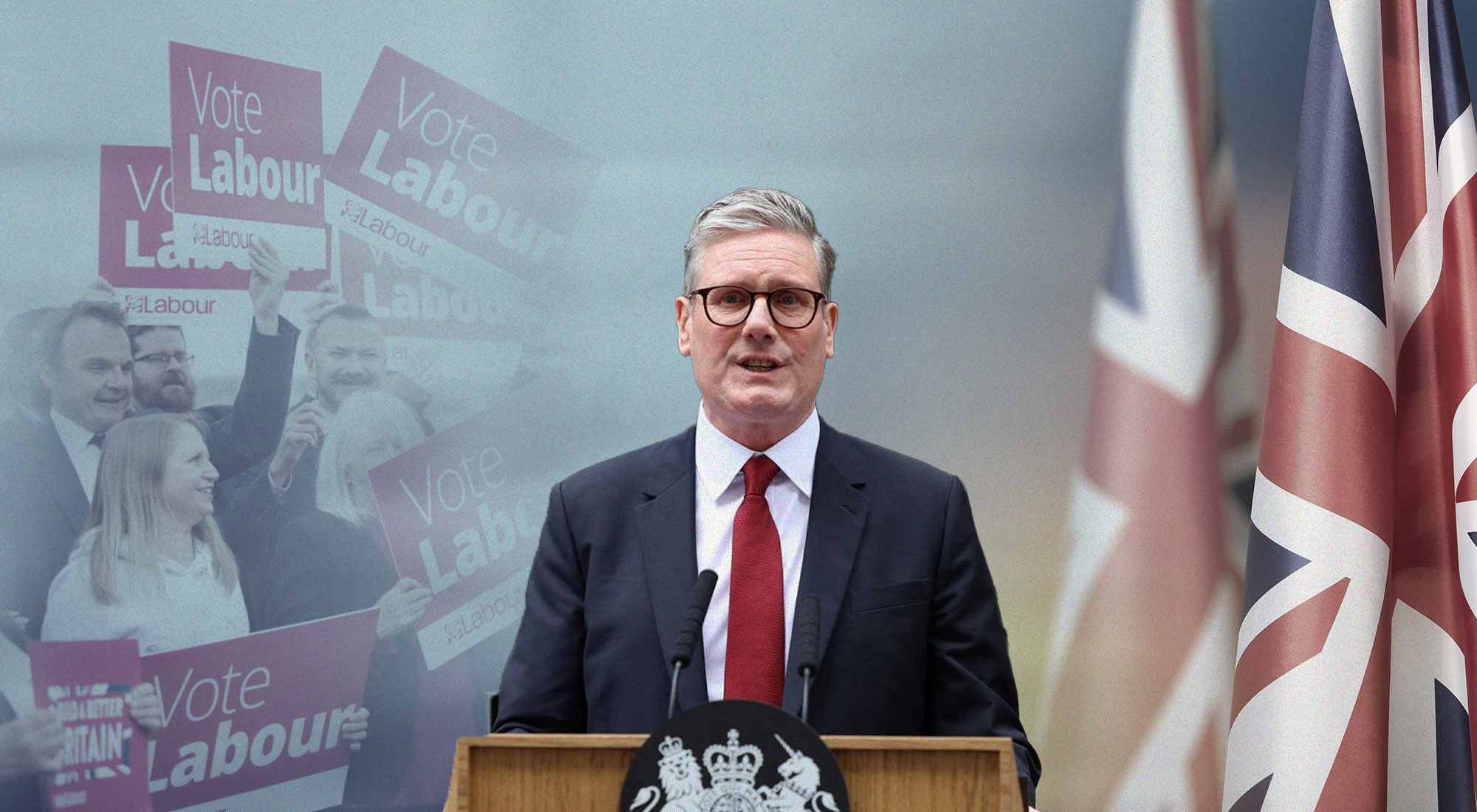Reflecting on the entwinement of Europe’s fate with that of Asia, the 16th century Portuguese explorer Tomé Pires emphatically claimed, “[w]hoever is lord of Malacca has his hands on the throat of Venice… [w]ho understands this will favor Malacca”[1]. For almost half-a-millennium, European empires directly shaped and, at times, fully dominated ancient civilizations across the Indo-Pacific, extending from the Horn of Africa to the West Pacific. Beginning with the Treaty of Tordesillas (1494), the upstart kingdoms of Spain and Portugal transformed into the first two global empires by dividing the world into competing spheres of colonial possessions.[2]
Vast portions of the Indian Ocean fell under the imperial designs of Portugal, which began establishing naval outposts from the Gulf of Oman and the Indian Subcontinent all the way to Malaya, Macao and even the lush island of Taiwan, which they named as “Formosa” (‘beautiful’). Having established commercial colonies across the Sub-Saharan Africa, where exploitative trade in gold then later slavery enriched the once-impoverished Lisbon beyond its wildest dreams, the Portuguese now extended their gaze across the Eurasian rimlands. [3]
Hemmed in by the Ottoman Empire and Venetian merchants across the Mediterranean, Castilian Spain was also intent on breaking out.[4] Already reeling from the loss of Portugal, and committed to becoming the predominant power in Continental Europe, Madrid set its gaze across the Atlantic, dominating much of the Americas, then extending its imperial possessions across the Pacific and all the way to the islands of modern-day Philippines, which was named after Spanish King Philip II.[5] Thus, a whole generation of peripatetic conquistadores – namely, from Vasco da Gama and Ferdinand Magellan to Christopher Columbus, Hernán Cortés and Francisco Pizarro — set in motion a new ‘Age of Discovery’, a euphemism for European imperial expansion across much of the world, including Asia.[6]
The same geopolitical competitive dynamic that drove the Iberian kingdoms into global master would later propel the Dutch, French, and British to also establish vast colonial outposts across the Indo-Pacific. By the 19th century, the ‘High Noon of Empire’, the Russians, Prussians, and Italians would follow suit, thus tearing the Celestial Kingdom (China) asunder, while bludgeoning smaller Asian polities, with the notable exception of Meiji Japan, into submission.[7] Following the Second World War, however, the shadow of European empires would almost completely vanish from across Asia.
For almost seven decades, the United States (US) has enjoyed strategic primacy across the Indo-Pacific, notwithstanding challenges from Japan, the Soviet Union and, more recently, a resurgent China.[8] But as Asia embraces an increasingly post-American order, European powers are pivoting back to their former colonial backyards. Simultaneously lured by expansive market opportunities as well as perturbed by a “New Cold War” in the Indo-Pacific, European powers are seeking to reassert their once dominant position in the region. But faced with far more assertive Asian nations this time, Europe is instead exploring a more constructive and cooperative relationship in the new pivot of 21st century geopolitics.
Decline and fall of Europe
Up until the twilight years of the 19th century, the European imperium across the Indo-Pacific seemed invincible. For centuries, various European empires, to use Edward Gibbon’s inimitable description of ancient Rome at the height of power, “preserved peace by a constant preparation for war”[9] while the “terror of [their] arms added weight and dignity to the moderation” of the imperial capitals. From London to Madrid, more forward-looking regimes, relatively confident in the foundations of their imperium, introduced a series of liberal reforms across Asian colonies, thus contributing to the efflorescence of intellectual life in places such as Manila, Hong Kong, and Shanghai.[10]
Three factors, however, contributed to the decline, and ultimately, collapse of European empires in the region. The first element was the explosion of nationalist sentiments among distant colonies, which rocked the Spanish Empire in the mid-19th century. Following the 1848 Revolutions in Europe, creoles (Europeans who were born in colonies) like Simón Bolívar unleashed a wave of pro-independence movements from Latin America to the Caribbean and all the way to the Philippines, the heartland of the Spanish East Indies.[11] By 1898, armed Filipino revolutionaries, many of whom were educated in Europe, were knocking at the gates of Manila after inflicting heavy defeats on Spanish forces.[12]
And this brings us to the second major factor, which is the rise of rival empires, beginning with the US and, not long after, Imperial Japan, which would displace Europe from the Asian geopolitical map. Inspired by the influential works of Admiral Thayer Mahan, who called on America to develop ‘blue water’ naval capabilities and dominate the Pacific, Washington lurched into the Spanish-American War (1898), which culminated in the US achieving de facto control of the Caribbean as well as the subsequent colonization of Hawaii, Guam, and the Philippines, where local revolutionaries naively allied with the rising Americans against a declining Spain without realizing Washington’s own imperial designs in the Western Pacific and Asia.[13]
On its part, Japan was jolted out of its Tokugawa era complacency following the US Admiral Mathew Perry’s visit (1853-54) to the Asian country a few decades earlier. The ensuing civil war, and the emergence of the modernizing Meiji elite, transformed Japan into a formidable military and industrial power in the region.[14] But it was the two world wars, devastating much of Europe in the first half of the 20th century, which proved to be the final nail in the coffin of crumbling “Old World” empires across Asia. Not too dissimilar to the Suez Crisis, which effectively ended Franco-British imperium in the Middle East, the Battle of Dien Bien Phu in 1954 led to French forces getting decimated by Beijing-backed Vietnamese nationalists and heralded a thoroughly post-European era in the Indo-Pacific.[15]
By the end of the century, the European empires were nothing but a misty memory, at once evoking both nostalgia and resentment across much of Asia. In the Philippines (former Spanish East Indies) and Vietnam (former French Indo-China), for instance, barely anyone would bother to speak the language of former European colonizers. Geopolitically, the Cold War saw the region divided between the US-led and Soviet-led camps, while the opening decades of the 21st century witnessed the emergence of China as a formidable contender for regional primacy. In short, a once mighty Europe had now descended into an inconsequential position in the Indo-Pacific.
The New Scramble
After a “Century of Humiliation” at the hands of Western powers, which carved out strategic posts across the Qing Empire into colonial outposts, and decades of civil war and internal political strife, China has rapidly re-emerged as Asia’s most powerful nation. Within a single generation, China went from an impoverished and isolated nation into the world’s second largest economy, biggest exporting nation, and a military-technological behemoth, which has now become a leading force in the development of Artificial Intelligence, 5G technology, hypersonic missile capability, and even next-generation fighter jets and frigates. Meanwhile, China has also become the biggest trading partner and a major investor in much of Asia.[16]
Without a doubt, China’s rise has provided tremendous opportunities for neighboring countries, which have become ever more dependent on Chinese tourists, private capital, big-ticket infrastructure investments, consumer markets, and high-end technology. Through the past two decades, China’s economic growth lifted both resource-exporting emerging markets such as Indonesia, financial hubs and entrepots such as Hong Kong and Singapore, as well as post-industrial economies such as Japan, South Korea and Taiwan.[17] But the sheer scale and speed of China’s rise has upended the US-led order in Asia, thus rising Sino-American tensions across the entire Indo-Pacific. Thus, at once the region has become a realm of great economic opportunities as well as geopolitical perils.[18]
Three elements drive Europe’s pivot to Asia. First and foremost is the lure of booming Asian markets as well as the growing productive capacities of China as well as neighboring emerging markets such as Vietnam, India, Indonesia, and Thailand. The European Union’s (EU) top two trading partners are actually in Asia, namely China and Japan, with South Korea, India and the Association of Southeast Asian Nations (ASEAN) fast emerging as major trading partners.[19] To facilitate trade, the EU has already finalized free trading agreements with Japan, the world’s second largest, as well as with South Korea and a number of key ASEAN countries, namely Vietnam and Singapore.[20] Following the “Brexit”, the United Kingdom is proactively courting similar agreements with Asian countries by becoming, inter alia, the first European country to apply for membership in the Japan-led Comprehensive and Progressive Agreement for Trans-Pacific Partnership (CPTPP), the derivative of former US President Barack Obama’s Transpacific Partnership Agreement (TPP), which was nixed by the Trump administration.[21]
Meanwhile, both the EU as well as post-Brexit Britain are actively supporting multilateral efforts to address large-scale infrastructure needs in the developing world and, accordingly, provide an alternative to China’s Belt and Road Initiative (BRI). Together will fellow G7 nations, key European countries, namely Germany, France, and Italy, as well as Britain, provided close to $113 billion in official development assistance for overseas infrastructure projects between 2016 and 2019. The EU and Britain are key partners in the G7’s Build Back Better World (B3W) initiative, which aims to provide a “values-driven, high-standard and transparent” platform for infrastructure development. The EU, and Paris in particular, also hosted the inaugural stakeholders meeting of the Blue Dot Network (BDN), a trilateral US-Australia-Japan initiative aimed at providing infrastructure investments through collaboration with private investors and sovereign wealth funds around the world. European countries also support the G20 principles for quality infrastructure investment, which sets basic standards for sustainable and quality infrastructure projects. Together with Japan, the EU also established in 2019 a “Partnership on Sustainable Connectivity and Quality Infrastructure” to complement its own EU Connectivity Strategy as well as the EU-Asia Connectivity Strategy with likeminded countries in the Indo-Pacific.[22]
Europe’s growing support for multilateral infrastructure deals is directly tied to its second key interest in the Indo-Pacific, namely the preservation of the post-war liberal international order. While welcoming growing economic partnership with China, its biggest trading partner, the EU has openly categorized the Asian powerhouse as a “systemic rival”, which denotes major areas of potential friction and direct competition over the long-run.[23] Over the past three years, both the EU and Britain have taken increasingly tough stance against China’s (i) expanding maritime footprint across adjacent waters, especially in the South China Sea, as well as (ii) human rights record in Hong Kong, Xinjiang, and Tibet, not to mention (iii) growing cross-strait tensions with Taiwan. On maritime tensions between China and its smaller Southeast Asian neighbors, Britain, France and Germany have repeatedly issued joint note verbales, which emphasized the centrality of the United Nations Convention on the Law of the Sea (UNCLOS), in general, and the 2016 arbitral tribunal award on the South China Sea at The Hague, in particular, as the ultimate basis for management, if not resolution, of the disputes. The EU also imposed human rights-related sanctions on China vis-à-vis the latter’s policies in Hong Kong as well as Xinjiang.[24]
Finally, both Britain and EU, particularly France and Germany, have also dramatically stepped up their strategic and defense footprint across the Indo-Pacific. Emphasizing the need for upholding Freedom of Navigation (FON) in international waters, major European powers have been deploying, with growing frequency, major naval assets across Asian waters. In 2019, France enraged China after its naval frigate Vendemiaire’s (F734) passed through the Taiwan Straits, prompting China to disinvite the European power from attending the 70th anniversary of the People’s Liberation Army (PLA) Navy celebrations. Instead of backing down, France has instead pressed ahead with regular naval deployments in the area, while becoming the first country to appoint a designated ambassador for the Indo-Pacific. If anything, French President Emmanuel Macron upped the ante by calling for a “new Paris-Delhi-Canberra axis” after pitching multibillion-dollar defense deals with Australia and India.[25]
As for Britain — another ‘resident’ Indo-Pacific power that, similar to France, also possesses offshore territories in the region — it has dramatically expanded its joint naval drills with likeminded powers such as India, Australia, and Japan in the past five years. Following the deployment of its newly-minted aircraft carrier HMS Queen Elizabeth this year, with a string of port calls and naval drills with strategic partners across the Indo-Pacific, Britain has also decided to permanently station two warships in the region in the yet most potent expression of its strategic pivot to Asia.[26] The recent ruckus over the AUKUS (Australia-UK-US) nuclear submarine deal, which pushed an enraged Paris into offering expanded defense deals to New Delhi after publicly losing a major submarine contract with Canberra, only highlights the rapidly growing European strategic footprint in the region. All of a sudden, multiple European powers are competing for massive defense contracts with Indo-Pacific powers. The EU has also currently finalized a series of defense agreements with Vietnam, South Korea and Australia as part of its broader efforts at enhancing international security cooperation in the Indo-Pacific.[27]
Meanwhile, even Germany, which has had historically warm ties with China while lacking a blue-water naval capability, is expanding its strategic footprint in the Indo-Pacific by actively seeking institutionalized defense ties with likeminded regional powers such as Japan as well as deploying, for the first in two decades, a frigate (Bayern) in Asian waters.[28] Similar to France, Germany has also released its own Indo-Pacific White Paper, which underscored, inter alia, the European power’s commitment to “strengthen structures of international cooperation…as an active contribution to strengthening the international order.”[29]
Without a doubt, Europe, namely the EU and Britain, is pursuing a more active geopolitical role in Asia after decades of virtual absence from regional affairs. With the US in relative decline, and a resurgent China carving out its own spheres of influence, European powers have stepped into the fray with renewed sense of purpose and determination. But instead of openly embracing a US-led “New Cold War” against China, the EU has adopted a more nuanced approach to regional affairs by emphasizing rule of law, institutionalized dialogue, and sustained economic engagement. Though Britain, on its part, has hewed much closer to the US’ position on China, it has openly and consistently supported the EU’s constructive engagement with the Asian powerhouse. As ‘shaping powers’ (Gestaltungsmacht), who are committed to ‘middle power’ diplomacy in the age of great power competition, the EU and Britain can and should deploy the kind of patient and constructive diplomacy that may help mitigate regional geopolitical tensions, nudge superpowers towards dialogue, reinforce international law, and empower smaller Asian countries to uphold their sovereign rights and legitimate interests.[30] After all, as Tomé Pires observed centuries earlier, the prosperity of Europe is ultimately tied to stability in Asia.
References
[1] Kaplan, Robert. “Monsoon.” The New York Times. November 19, 2010. https://www.nytimes.com/2010/11/21/books/review/excerpt-monsoon. html.
[2] Sue, Caryl. “Jun 7, 1494 CE: Treaty of Tordesillas.” National Geographic. May 15, 2014. https://www.nationalgeographic.org/thisday/jun7/treaty-tordesillas/.
[3] French, Howard. Born in Blackness: Africa, Africans, and the Making of the Modern World, 1471 to the Second World War,” New York: W.W. Norton & Company, 2021.
[4] For an analysis of Ottoman Empire’s influence in Europe see Mikhail, Alan. God’s Shadow: Sultan Selim, His Ottoman Empire, and the Making of the Modern World. New York: Liveright, 2020.
[5] Kaplan, Robert. Monsoon: The Indian Ocean and the Future of American Power. New York: Random House Trade Paperbacks, 2011.
[6] Sue, Caryl. “Jun 7, 1494 CE: Treaty of Tordesillas.” National Geographic. May 15, 2014. https://www.nationalgeographic.org/thisday/jun7/treaty-tordesillas/.
[7] Ferguson, Niall. Civilization: The West and the Restm, New York: Penguin, 2012.; Mishra, Pankaj. From the Ruins of Empire: The Revolt Against the West and the Remaking of Asia. New York: Picador, 2013; Hayton, Bill. The Invention of China, London: Yale University Press, 2020.
[8] Ferguson, Niall. Colossus: The Rise and Fall of the American Empire. Westminister: Penguin Books, 2005.
[9] Gibbon, Edward. The History of the Decline and Fall of the Roman Empire. New York: Penguin, 2001, p. 15-16.
[10] See Harper, Tim. Underground Asia: Global Revolutionaries and the Assault on Empire. New York: Penguin, 2020.
[11] See Anderson, Benedict. Under Three Flags: Anarchism and the Anti-Colonial Imagination. New York: Verso, 2007; Anderson, Benedict. 2001. “Western Nationalism and Eastern Nationalism”, New Left Review, May/June 2001.
[12] Joaquin, Nick. A Question of Heroes. Quezon City: Anvil Publishing Co, 2005.
[13] Ibid.
[14] Mishra, Pankaj. From the Ruins of Empire: The Revolt Against the West and the Remaking of Asia. New York: Picador, 2013
[15] Lovell, Julia. Maoism: A Global History. New York: Knopf. 2019.
[16] Heydarian, Richard Javad. 2019. “The Indo-Pacific: Trump, China and the New Struggle for Indo-Pacific”, Palgrave Macmillan: Singapore.
[17] Sharma, Ruchir. Breakout Nations: In Pursuit of the Next Economic Miracles. 1st ed. New York: W. W. Norton & Company, 2013.
[18] Ibid.
[19] For relevant EU-Asia trade data see https://trade.ec.europa.eu/doclib/docs/2017/july/tradoc_155725.pdf
[20] For relevant EU-Asia trade data see https://trade.ec.europa.eu/doclib/docs/2018/may/tradoc_156885.pdf
[21] Nakajima, Yusuke. “UK aims to gain TPP entry in 2022: trade secretary,” Nikkei Asia. December 9, 2021 https://asia.nikkei.com/Editor-s-Picks/Interview/UK-aims-to-gain-TPP-entry-in-2022-trade-secretary
[22] See Goodman, Mathew & Jonathan Hillman, 2021. “The G7’s New Global Infrastructure Initiative”, Center for Strategic and International Studies. December 9, 2021 https://www.csis.org/analysis/g7s-new-global-infrastructure-initiative; also see Heydarian, Richard Javad. “Twenty First Century Silk Road: China, the West and The Global Infrastructure Scramble,” Trends. December 9, 2021 https://trendsresearch.org/insight/twenty-first-century-silk-road-china-the-west-and-the-global-infrastructure-scramble/
[23] Small, Andrew. “The meaning of systemic rivalry: Europe and China beyond the pandemic,” European Council on Foreign Relations. Retrieved December 9, 2021 https://ecfr.eu/publication/the_meaning_of_systemic_rivalry_europe_and_china_beyond_the_pandemic/
[24] Wintour, Patrick. 2021. “US and Canada follow EU and UK in sanctioning Chinese officials over Xinjiang,” The Guardian. December 9, 2021 https://www.theguardian.com/world/2021/mar/22/china-responds-to-eu-uk-sanctions-over-uighurs-human-rights
[25] Heydarian Richard Javad. “What Europe brings to the ‘Indo-Pacific’ club,” The Straits Times. October 24, 2020.
[26] Reuters. “Britain to permanently deploy two warships in Asian waters,” December 9, 2021
https://www.reuters.com/world/uk/britain-permanently-deploy-two-warships-asian-waters-2021-07-20/
[27] Agence France Presse. “France taps India and Indonesia for ‘true’ partnerships after Aukus debacle,” South China Morning Post. December 9, 2021 https://www.scmp.com/news/world/europe/article/3154315/france-taps-india-and-indonesia-true-partnerships-after-aukus
[28] Boehmann, Arnaud. “Why is Germany sending a frigate through the South China Sea?” South China Morning Post. December 9, 2021 https://www.scmp.com/week-asia/opinion/article/3130854/why-germany-sending-frigate-through-south-china-sea
[29] For Germany’s White Paper on the Indo-Pacific, see https://www.auswaertiges-amt.de/en/aussenpolitik/regionaleschwerpunkte/asien/indo-pazifik-leitlinien-fortschritt/2481700
[30] Grevi, Giovanni. “Shaping power: A strategic imperative for Europe”, European Policy Centre. December 9, 2021 https://www.epc.eu/en/Publications/Shaping-power-A-strategic-imperative-for-Europe~213018



